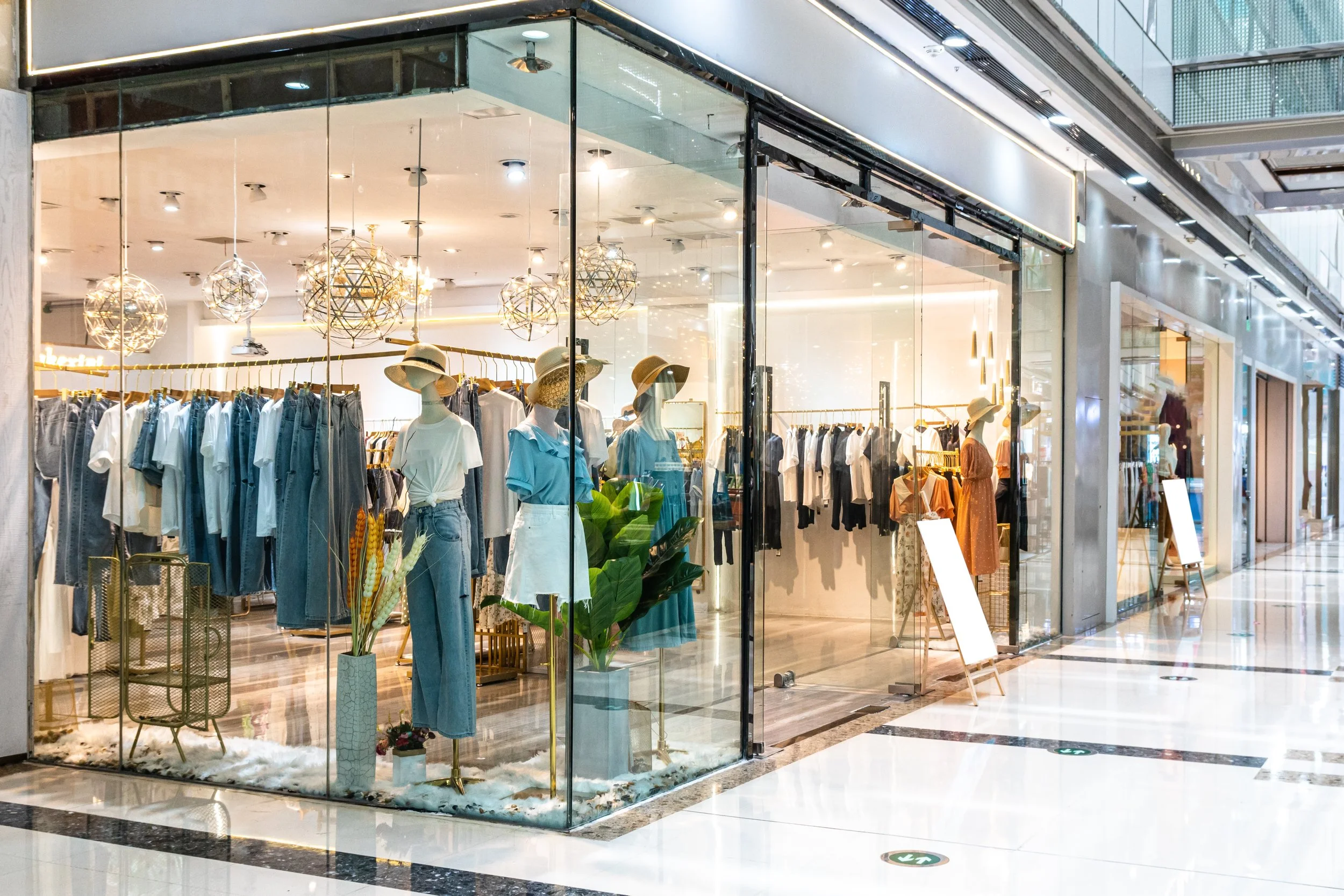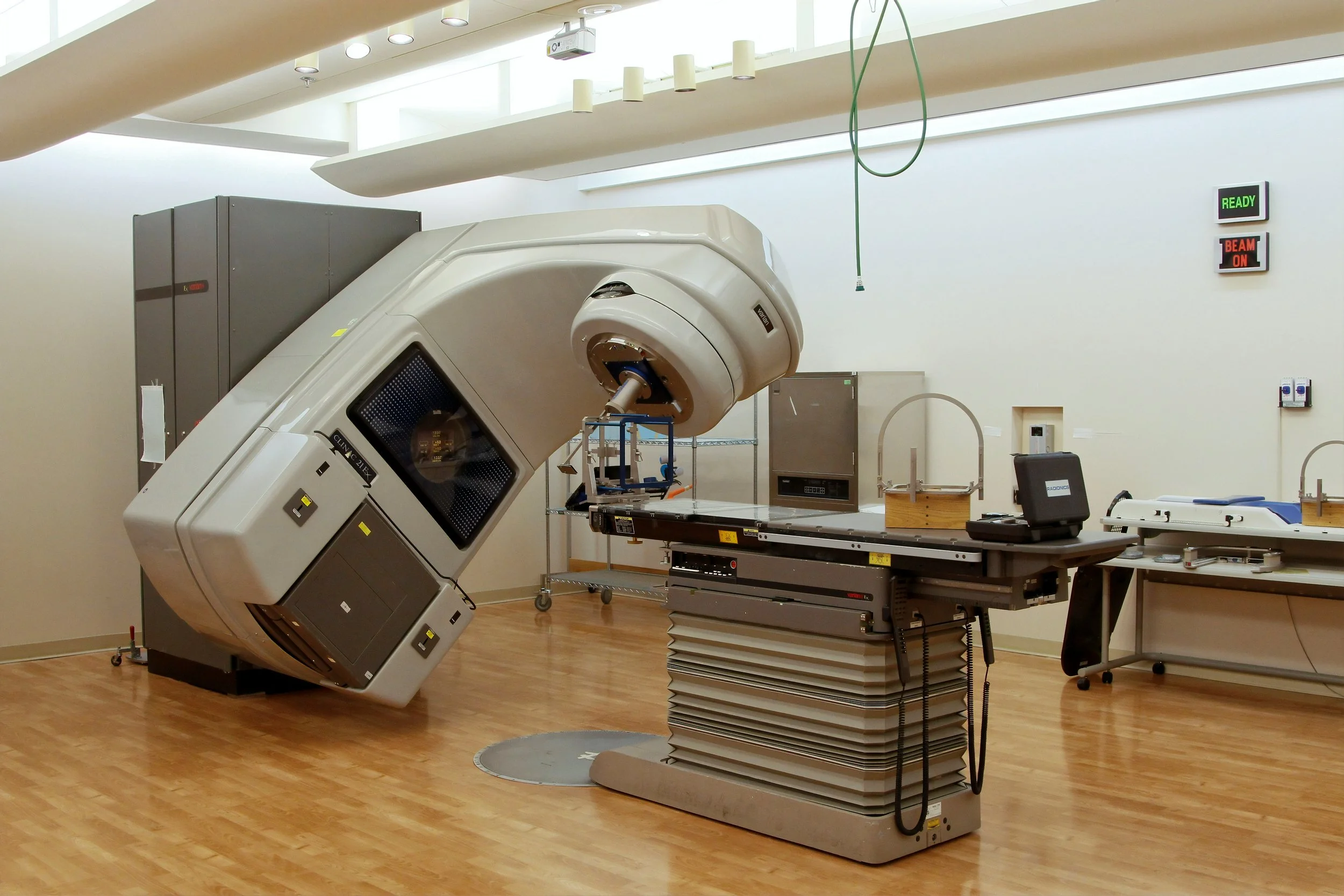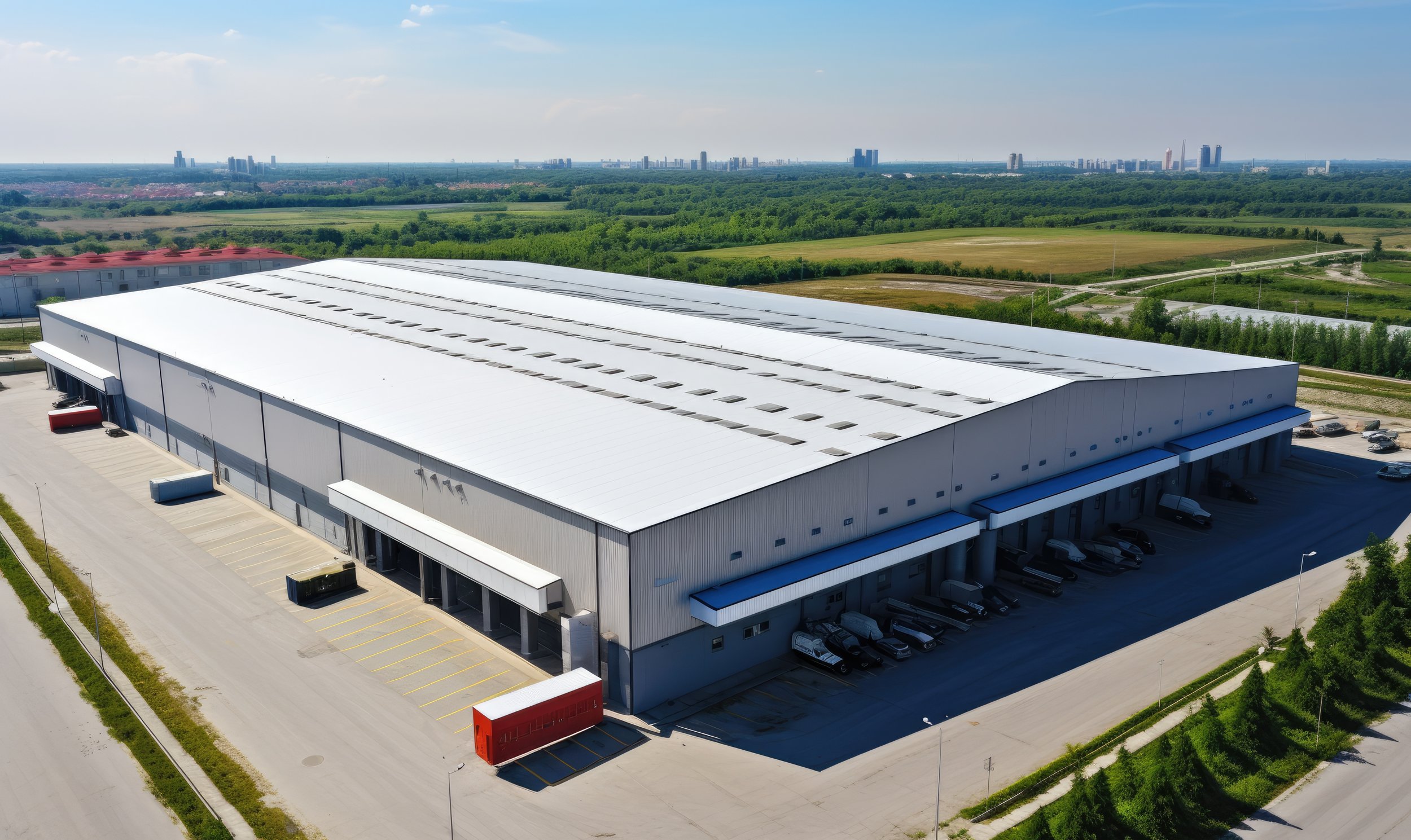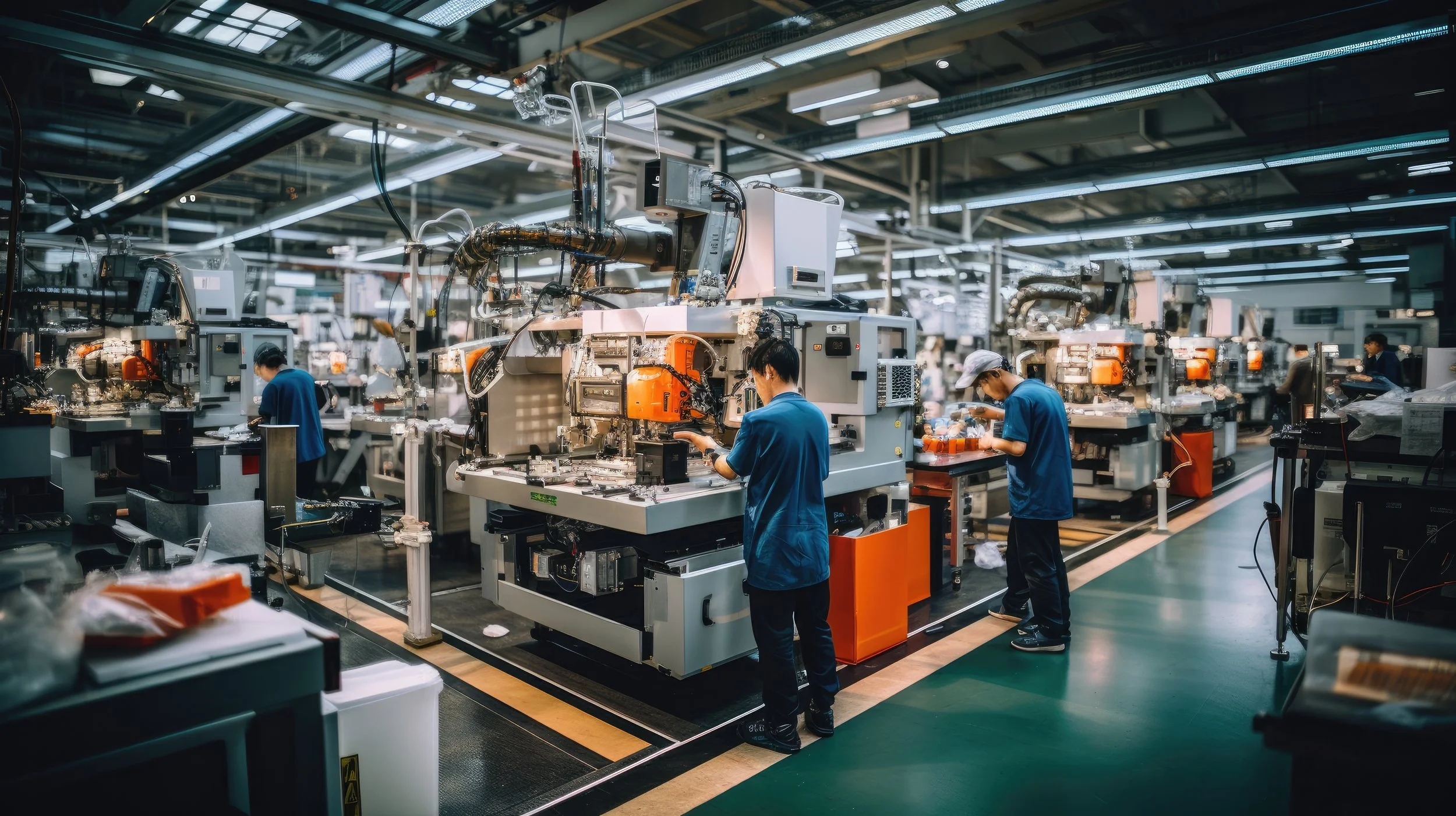
Energy Audits for
Hospitality
Get in Touch
Energy Use in Hospitality
The hospitality sector – including hotels, resorts, restaurants, and entertainment venues – is highly energy-intensive, relying heavily on heating, cooling, lighting, water heating, and kitchen operations. Hotels, in particular, operate 24/7, leading to high energy demands for HVAC systems (to heat and cool guest rooms and common areas continuously), lighting (both interior and exterior, often on at all hours), elevators, laundry services, and hot water for showers and laundry. Restaurants and commercial kitchens within hospitality venues consume large amounts of gas or electricity for cooking and operate ventilation and refrigeration systems non-stop. Energy efficiency is critical to maintaining profitability in hospitality, since energy expenses can significantly affect operating costs. In a typical hotel, energy costs average around 4–6% of total revenue (and in luxury hotels it can reach up to 10%), making energy one of the largest controllable expenses for hotel operators. Reducing these costs through efficiency improvements directly enhances profit margins. Moreover, delivering a great guest experience is paramount in hospitality – any energy strategy must ensure guest comfort is not compromised. The challenge and opportunity is to save energy without guests noticing anything except perhaps a more comfortable, sustainable stay.
Specific Energy Challenges in Hospitality
Hospitality businesses face unique challenges such as:
Fluctuating Occupancy Rates: Hotels and resorts often experience wide swings in occupancy – full on weekends or in peak season, much lower at other times. Yet, many systems (like central HVAC or lobby lighting) may continue to run at high capacity even during low occupancy if not properly managed. Similarly, conference centers or banquet halls in a hotel might be busy only occasionally, but if air conditioning and lighting run the same as when full, that’s wasted energy. Adapting energy use in real-time to occupancy levels is a complex challenge.
Seasonal Demand Variations: Many hospitality venues have seasonal patterns – for instance, a ski resort hotel will have very high heating needs in winter but low occupancy in summer, whereas a tropical resort might have huge cooling loads in summer. These swings can make it hard to optimize systems year-round. Also, weather events (a cold snap or heat wave) can push systems to their limits to maintain guest comfort.
Maintaining Guest Comfort vs. Saving Energy: The need to maintain comfort levels – temperature, lighting, hot water availability – can conflict with energy-saving efforts if not carefully balanced. Guests expect a certain luxury: a hotel room that’s quickly cool on a hot day, unlimited hot water, beautifully lit lobbies and restaurants. Any conservation measure that detracts from these experiences (like aggressive thermostat limits or motion-sensor lights that plunge a hallway into darkness at 2 AM) could result in guest complaints. Thus, solutions have to be smart and often invisible (for example, using sensors to ensure when a guest is in the room, all comfort systems work perfectly, but dialing them back automatically when the room is unoccupied).
Aging Infrastructure: Many boutique hotels or older resorts are in buildings that were not designed with modern efficiency in mind – they might have old single-speed chillers, minimally insulated building envelopes, or older appliances and plumbing. Retrofitting these can be expensive and logistically challenging (especially if it’s a historic building or if downtime for renovation needs to be minimized). However, older systems also mean lots of “low-hanging fruit” for energy improvements if they can be tackled.
Continuous Operations: Hotels never really “close.” Even late at night, there are guests coming in, staff doing cleaning or front-desk duties, possibly room service or late dining. This means there is no daily shutdown period where everything can be turned off. There is a baseline energy usage that is continuous – common area lighting, exterior lighting, possibly ventilation, and certainly refrigeration (for bars, kitchens) and so on. Reducing this base load is tough because of safety and service considerations (you can’t turn off corridor lights or stop ventilating a 24-hour lobby). Instead, efficiency must be found by doing the same necessary functions with less energy (e.g., LED lights, efficient fans, etc.).
Staff Training and Practices: In restaurants and hotels, staff behavior significantly affects energy use. Chefs might leave cooking equipment on “just in case,” housekeepers might set thermostats to extreme settings to cool down a room faster (which doesn’t actually speed cooling but wastes energy), or maintenance might set all systems to a fixed schedule that doesn’t account for variation. Building a culture where staff are aware of energy (without compromising service) is a challenge but can greatly aid efficiency – for instance, getting housekeeping to turn off lights and TVs after cleaning a room, or training kitchen staff to use proper lids on simmering pots (to reduce heat loss).
Opportunities for Energy Efficiency
The hospitality sector can implement a range of energy-saving solutions that do not compromise guest comfort:
Smart Guest Room Controls: One of the most effective tools for hotels is installing smart energy management systems in guest rooms. These often include keycard slots that require guests to insert their room key to activate power (so when they leave and take the key, lights and possibly HVAC revert to an unoccupied mode) and occupancy sensors that detect when a room is empty. The system can adjust the thermostat by a few degrees when no one is in the room (so the HVAC isn’t running full bore for an empty room), and turn off lights and even standby power to TVs or chargers. When the guest returns, the system can quickly restore the room to the set comfort conditions. Such systems can save a substantial percentage of guest room HVAC and lighting energy with negligible impact on guest experience – a guest might never realize that while they were out, the room’s AC was cycling in an efficient mode.
Efficient Lighting and Appliances: LED lighting should be standard across hospitality businesses. From lobby chandeliers to corridor lights and outdoor landscaping lighting, LEDs can provide the same illumination at a fraction of the energy and with less heat output (reducing AC load). Dimmable LEDs and sophisticated lighting controls can create the desired ambiance (warm, inviting light) in restaurants and lounges while still saving energy by dimming during off-peak hours or when natural light is available. For exterior and security lighting, motion sensors or schedule-based dimming late at night (when few people are around the grounds) can save energy without compromising safety (lights can brighten if motion is detected). In kitchens and laundry areas, replacing old appliances (ovens, dishwashers, dryers) with Energy Star-rated or otherwise efficient models can greatly reduce electricity or gas usage. For example, modern commercial washing machines and dryers use sensors to optimize water and heat usage for each load. These not only save energy but also water – a double benefit for utilities cost.
HVAC and Water Heating Efficiency: Heating, cooling, and hot water are major cost centers. Upgrading to high-efficiency boilers, water heaters, or even solar thermal collectors for hot water can cut gas usage in hotels (which need large amounts of hot water for showers, laundry, pools, etc.). Installing heat pump water heaters is another efficient strategy – they can be 2-3 times more efficient than electric resistance heating for water. For space conditioning, smart thermostats in common areas and intelligent building management can optimize when and how HVAC runs. For instance, conference rooms or ballrooms can be set to minimal conditioning when not booked, then pre-cooled or heated shortly before an event. In restaurants, demand-controlled kitchen ventilation (using sensors to run exhaust fans only when cooking activity is detected) can save on both fan electricity and the cost of conditioning make-up air. Additionally, many hotels can make use of free cooling techniques – if the outside air is cool and dry, the building management system can bring in fresh air at night to cool the building, reducing the need for mechanical cooling. Given that hospitality often has simultaneous heating and cooling needs (think of a hotel with an ice-cold conference center but warm laundry facilities), some larger properties employ heat recovery chillers or cogeneration (CHP) to use waste heat from electricity generation for water heating or other needs.
Building Envelope and Zoning: Especially for older properties, improving the building envelope can reduce loads on HVAC. This might include adding window film or solar reflective coating on south-facing windows to reduce cooling load, using vestibules or revolving doors to limit air exchange at entrances, and sealing and insulating around through-wall AC units or older windows to prevent drafts. Hospitality venues can also implement better zoning: for example, in a resort, grouping occupied rooms in certain wings/floors during low season allows other areas to have HVAC completely turned down (rather than having occupied rooms scattered throughout, forcing the whole property to be conditioned). Upgrading to zone-specific controls (e.g., VRF – Variable Refrigerant Flow HVAC systems that allow individualized control of different areas) can significantly boost efficiency and guest comfort by tailoring heating/cooling to each zone’s needs.
Renewable Energy and Sustainable Practices: Many hotels are embracing renewable energy both for cost savings and marketing benefits. Solar panels on rooftops or over parking structures can provide a portion of the hotel’s electricity. Some resorts use solar thermal panels to heat pools or domestic hot water, significantly cutting boiler fuel use. A few forward-thinking hotels are installing geothermal heat pump systems, tapping stable ground temperatures for very efficient heating and cooling of the property – particularly attractive for new builds or major renovations. Additionally, participation in green programs (like EarthCheck or LEED certification for hotels) often drives implementation of broader sustainable practices: efficient energy combined with water-saving fixtures, waste reduction, etc. These not only save on utilities but also attract a growing segment of eco-conscious travelers. Indeed, many travelers now factor in a hotel’s sustainability record, and a hotel that can boast of running on renewable energy or having a high NABERS Energy rating (in Australia, hotels can get NABERS ratings which indicate energy performance) can differentiate itself in the market.
Leveraging these opportunities helps hospitality businesses significantly reduce energy use while enhancing guest satisfaction. For instance, better HVAC control means more consistent room temperatures (no more guests complaining their room is too hot or cold), and efficient LED lighting can improve the ambiance of a space (with adjustable colors and intensities) even as it saves energy. Moreover, cost savings from energy often can be reinvested in property improvements or guest services, further boosting the business.
How Energy Audits Can Help
Energy audits in the hospitality sector help identify inefficiencies in lighting, HVAC systems, water heating, kitchen operations, and more, then provide a plan to address them. For example, during an audit of a hotel, auditors will examine data like energy use per occupied room, peak demand charges, and compare it to industry benchmarks. They walk through the property observing things like: Are the hallway thermostats set appropriately or overcooling spaces? Are there lights on in day-lit areas that could be off? Is the kitchen using an oversized hood exhaust fan constantly when it could be variable? Does the laundry have heat recovery from hot wastewater? Each of these areas is analyzed.
The audit provides actionable recommendations. It might suggest installing smart thermostats and occupancy sensors in all guest rooms if not already present, with an estimated savings per room per year. It could identify that the hotel’s chiller is old and recommend a new high-efficiency chiller or perhaps a heat pump chiller that can produce chilled water and hot water simultaneously (providing cooling and reclaiming heat for hot water). The audit will also highlight operational tweaks: for instance, if peak demand is a problem, it might propose staging the startup of large systems like chillers, pumps, and laundry equipment to avoid a huge spike when everything comes on in the morning. If certain corridors or areas were found over-lit, a simple re-lamping or delamping plan might be put forward.
For restaurants within hospitality venues, an audit can delve into equipment schedules – suggesting, for example, installing timers on signage or exterior lights so they aren’t on during daylight, or ensuring that only the necessary cooking appliances are preheated in advance of meal times (and not hours earlier, which wastes energy). The audit might even cover refrigeration controls – adding night curtains on buffet coolers or ensuring walk-in freezers have auto-closers on doors.
One of the audit’s key roles is financial analysis: hospitality operators need to know the return on investment (ROI) for suggested measures. The audit report will provide that, which helps in decision-making and securing budget from owners or management. Many hospitality businesses operate with an eye on TripAdvisor reviews and brand standards; the audit will reassure that guest-facing aspects (like comfort and reliability) are preserved or improved by the recommended actions.
Implementing audit recommendations often leads to a cascade of positive outcomes: significant energy cost reductions, improved maintenance regimes (as inefficiencies are often tied to maintenance issues), and enhanced reputation. For instance, a hotel that undertakes an audit and subsequent efficiency upgrades can market itself as an eco-friendly or green-certified hotel – many business travelers and conference organizers consider sustainability in their choices, and some governments require their travel to use green accommodations. Additionally, in places where NABERS ratings apply to hotels or similar (in Australia, NABERS has tools for offices and other buildings, and the concept is similar for hotels), improving energy efficiency directly translates to a higher rating, which can become a competitive marketing point or a requirement for certain corporate contracts.
By partnering with energy professionals, hospitality businesses ensure they are not leaving savings on the table. The audit provides a holistic look – sometimes revealing issues like simultaneous heating and cooling in adjacent areas or an overworked boiler that could be alleviated with solar hot water. These are things that might not be noticed by busy operational staff but show up clearly to an energy auditor. Fixing them means the hotel or restaurant runs smoother and leaner.
Small Hospitality Businesses: Boutique hotels, B&Bs, independent restaurants, and cafes (often SMEs) benefit from our tailored audits that respect their smaller scale and tighter budgets. We might focus on very cost-effective measures for a bed-and-breakfast, like upgrading to efficient mini-split HVAC units in guest rooms or adding insulation to an attic space above rooms to improve comfort. For a small restaurant, we could recommend LED retrofits for lighting and demand-controlled ventilation for the kitchen hood. These changes can significantly lower energy bills, which is crucial for small hospitality operators, and can often be achieved with minimal downtime.
Government & Council Facilities: Some hospitality or event facilities are operated by local councils or governments – such as city-run convention centers, public exhibition halls, or heritage site accommodations and museums. We assist these public-sector hospitality venues in reducing energy costs, thereby saving public funds and aligning with governmental sustainability commitments. For example, a council-owned aquatic center with a spa and sauna (hospitality/recreation facility) could implement heat recovery from sauna exhaust to preheat pool water, or upgrade pool pumps to VFDs – improvements identified in an audit to cut the council’s energy expenses and greenhouse emissions.
Corporate Hotel Chains and Resorts: Large hotel chains and resort groups often have internal sustainability goals and brand standards to uphold (many have committed to science-based targets for emission reductions or advertise green initiatives to guests). We work with these corporate clients to perform energy audits across representative properties, creating a template of energy conservation measures that can be rolled out chain-wide. For instance, we might audit a flagship hotel in each brand and discover that all of them could benefit from laundry waste-heat recovery and more efficient chillers. We then help the chain implement these measures across dozens or hundreds of properties. The result is a significant collective reduction in energy use and carbon footprint. These corporations not only save on operating costs at scale but also strengthen their brand image: they can market the fact that every hotel in their chain is undergoing upgrades to improve efficiency, or highlight that they’ve improved their average hotel’s energy performance by X% (perhaps contributing to higher NABERS or other ratings for their properties). This appeals to sustainability-conscious travelers and corporate clients who increasingly require or prefer lodging with verified environmental credentials.
Industries Served













